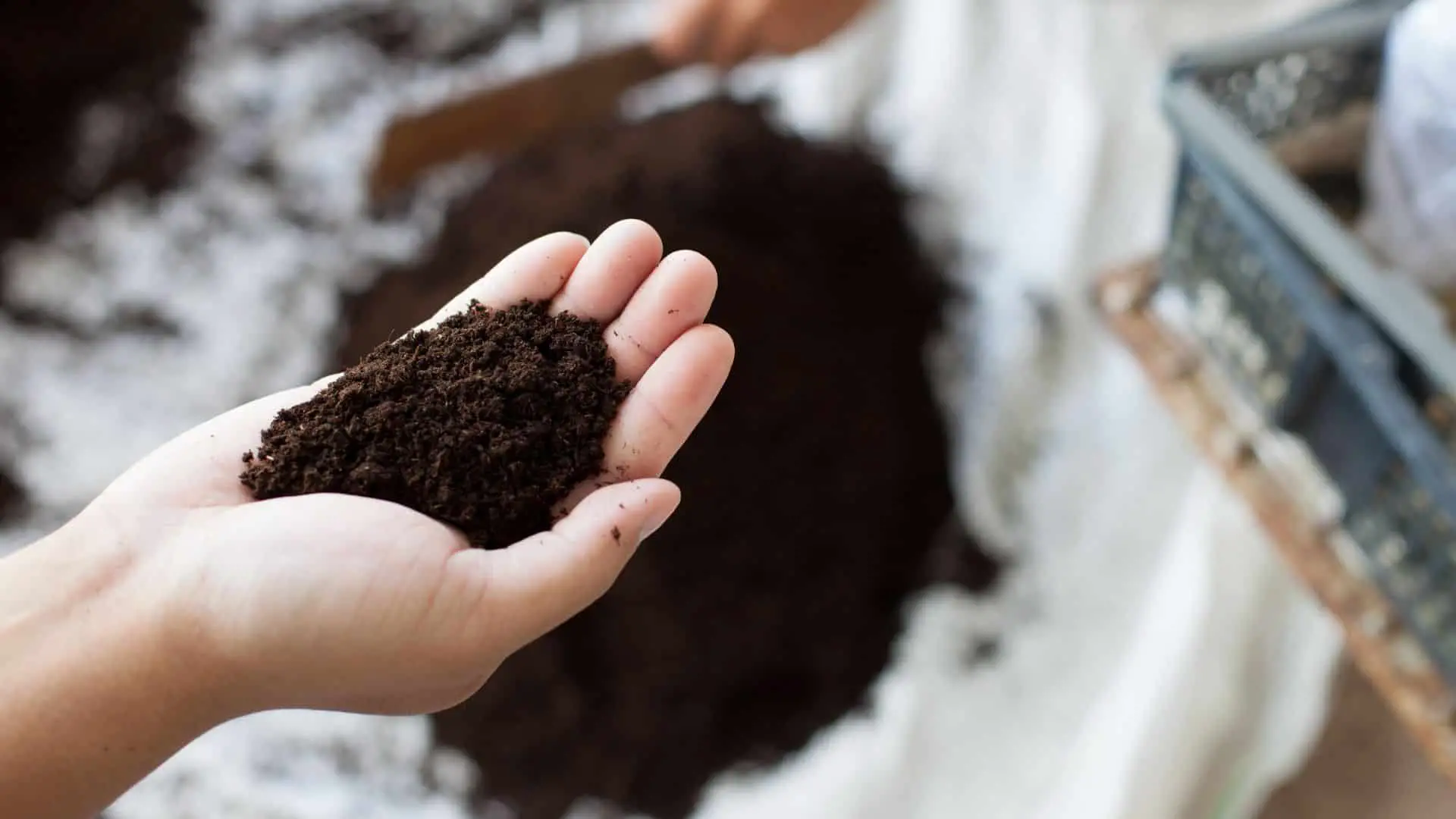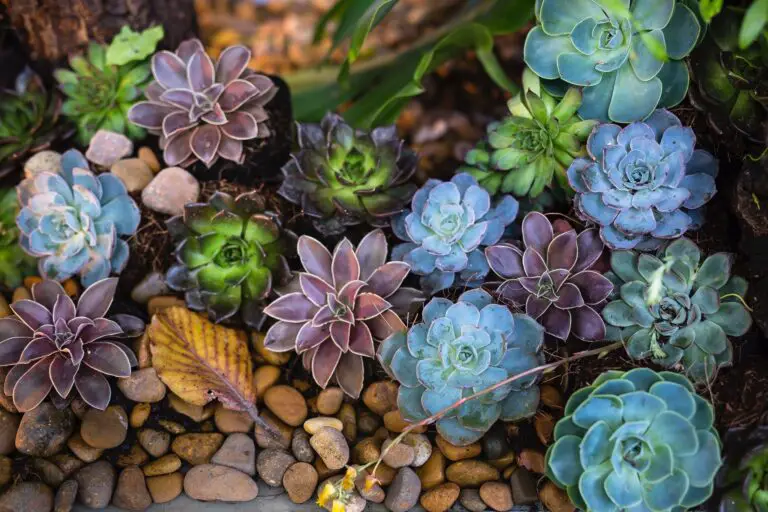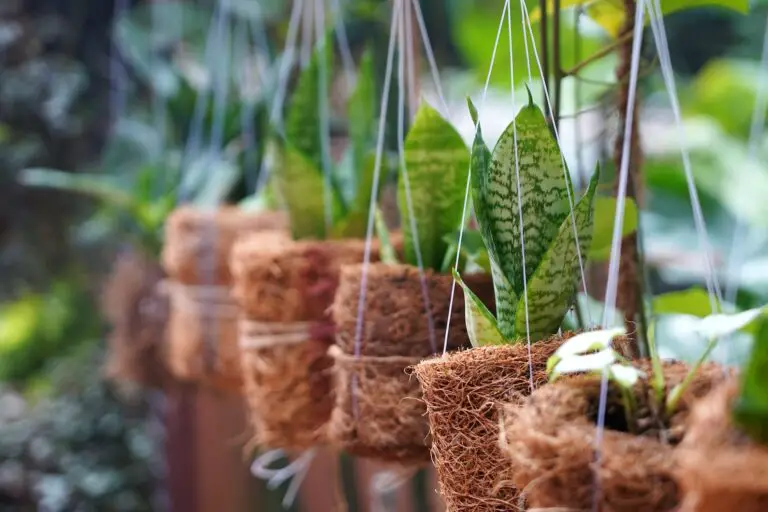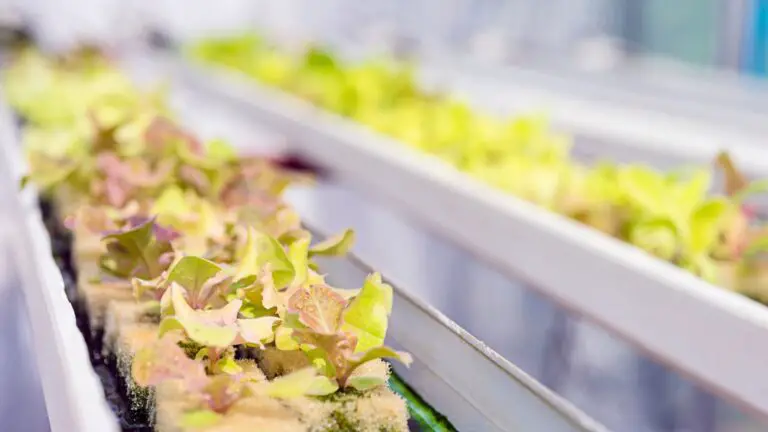Coco Peat in Aquaponics: Advantages and Drawbacks
Aquaponics, an innovative marriage between aquaculture and hydroponics, is fast gaining traction among farmers and gardening enthusiasts. While several growth media are available for this system, a rising star in this domain is coco peat. Sourced from the coir of coconuts, coco peat has proven to be a potent ally for aquaponics growers. Let’s delve into the advantages and considerations of using coco peat in aquaponics.
Advantages of Coco Peat in Aquaponics
- Superior water retention and drainage
- Optimal aeration
- Neutral pH balance
- Eco-friendly choice
- Faster plant growth
- Improved plant health
- Increased nutrient uptake
Superior Water Retention and Drainage
With an impressive ability to retain up to 9 times its weight in water, coco peat ensures that plants remain hydrated. At the same time, its inherent drainage capabilities safeguard against the dreaded root rot.
Optimal Aeration
Coco peat’s lightweight and porous nature ensures that plant roots receive ample oxygen. Healthy root aeration is paramount for optimal growth and robust plants.
Neutral pH Balance
With a natural pH ranging from 5.5 to 6.5, coco peat provides an environment conducive to most plants, sidestepping the need for frequent pH adjustments.
Eco-Friendly Choice
Being organic, renewable, and biodegradable, coco peat is a nod to sustainable gardening. After serving its purpose in your aquaponics system, it can be composted, reducing waste.
Faster plant growth
Studies have shown that plants grown in coco peat tend to grow faster and produce higher yields than plants grown in other growing media, such as soil or perlite. This is likely due to the excellent water retention and drainage properties of coco peat, which provide plants with optimal root growth and development conditions.
Improved plant health
Coco peat is naturally resistant to pests and diseases, which can help to improve the overall health of plants grown in aquaponic systems. This is especially important in commercial aquaponic operations, where crop losses can be devastating.
Increased nutrient uptake
Coco peat has the ability to chelate nutrients, making them more readily available to plant roots. This can lead to increased nutrient uptake and improved plant growth.
Drawbacks of Using Coco Peat in Aquaponics
- High salt content
- Nutrient deficiency
- Wetting challenges
High Salt Content
Coco peat can have high salt levels, which can harm plants if not properly rinsed before use. High salt levels can cause leaf burn, nutrient lockout, and even plant death.
Nutrient Deficiency
Coco peat is relatively low in essential plant nutrients, such as nitrogen (N), phosphorus (P), and potassium (K). This means that plants grown in coco peat must be supplemented with balanced aquaponics-friendly fertilizers regularly.
Wetting Challenges
Dry coco peat can sometimes resist moisture, especially in areas with hard water. This can make it difficult to establish a good root system for young plants. A preliminary soak can solve this minor hiccup.
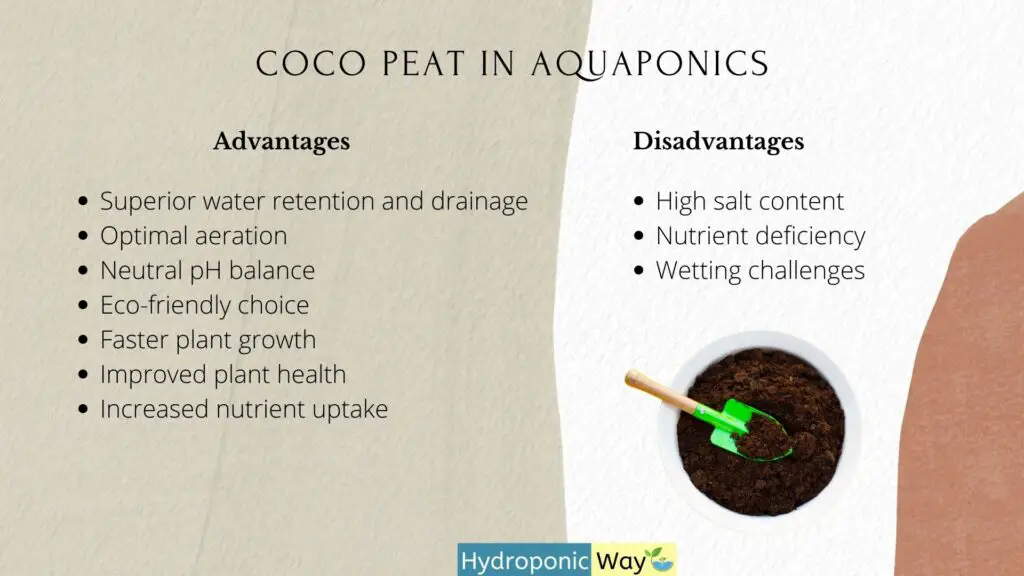
Practical Tips for Preparation and Usage of Coco Peat in Aquaponics
- Always rinse coco peat with fresh water to purge excessive salts.
- If your coco peat is dry, pre-soak it for several hours to facilitate easy wetting.
- Supplement with a specially formulated aquaponics fertilizer to compensate for coco peat’s nutrient deficit.
- Keep an eye on your system’s pH and tweak it as necessary.
Conclusion
Thanks to its myriad benefits, incorporating coco peat in aquaponics can greatly enhance your gardening journey. It is a sustainable and versatile growing medium that offers several advantages. With an understanding of its minor challenges and how to navigate them, coco peat stands out as an invaluable tool for aquaponic cultivators, championing sustainability and plant health. Whether you’re a seasoned aquaponic farmer or a newbie, consider giving coco peat a place in your setup.
Thank you for reading!

